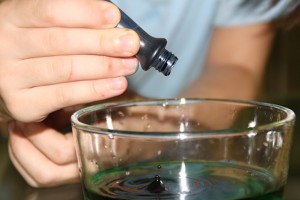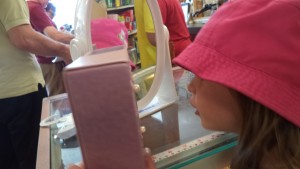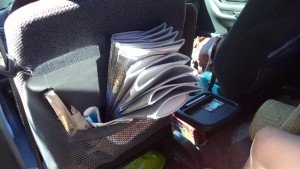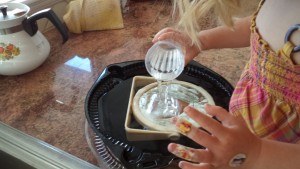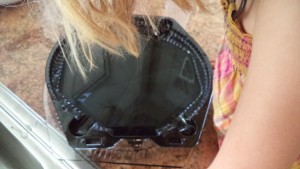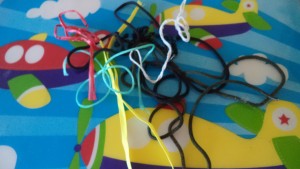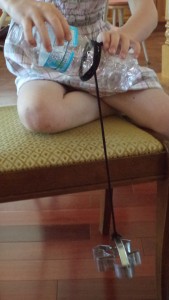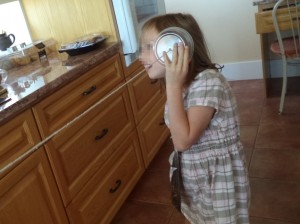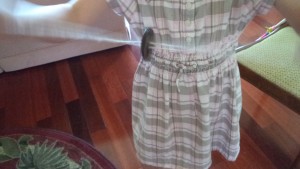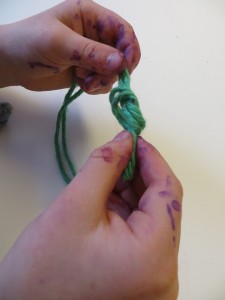Science kits are a popular gift for kids. Either for homemade science kits, or to add to a purchased one, here are some items for science fun and play. Last month, with the help of little hands, I did a whole series of blog posts on tools kids could use for science so these suggestions have been child-tested and approved.
-a magnifying glass
-magnets
-a flashlight
-assortment of spoons
-string
-an eye dropper (the big plastic ones are the best for small hands)
-mirrors (there are some plastic ones that won’t break)
-soap for making bubbles
-playdough and slime
-sand
-paper tubes
-some smallish rocks
-paper
-a funnel
-food colors
-and, of course, some water but the water can be in the sink, not the kit.
Goggles will protect eyes during experiments.
Some buttons, popsicle sticks, corks, elastic bands, straws, small balls, and balloons are also fun to have in a science kit for playing and experimenting.
Nature supplies some science treasures like leaves, sticks, rocks, pine cones, bugs, flowers, small critters, wind, rain, sun, and more.
Our own bodies are another source. What do hands, feet, and other body parts do? Bodies can smell, taste, touch, see, hear, and more. There is endless science as we all learn about our bodies.
Children will often find other things they will use for science exploration.
Instead of a small science kit, you can find a large plastic pin to hold all these items. Or, you may want to have many small containers with only a few things in each one. This gives the advantage of being able to mix the items so that kids find different ways to combine and use them. This encourages more discovery and creativity. Changes are almost like having new toys.
Do you have some suggestions for what in include in homemade science kits?
To check out last month’s series on science fun, visit the blog for posts.

